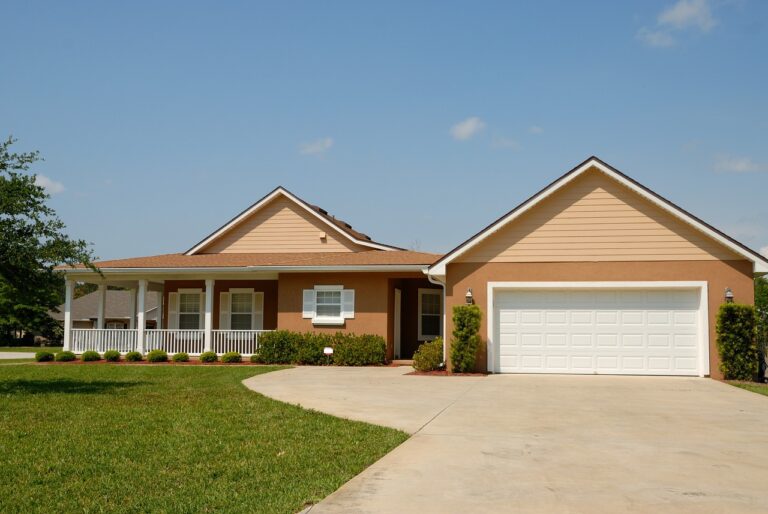The Future of Self-Healing Materials in Home Construction
Self-healing materials have revolutionized the world of construction and engineering by providing innovative solutions to common problems associated with wear and tear. These materials have the ability to autonomously repair damage, leading to longer-lasting and more durable structures. The concept of self-healing materials is inspired by biological systems where the material can detect damage and initiate a healing process without human intervention.
Researchers have been exploring various mechanisms for achieving self-healing properties in materials, such as capsule-based systems, vascular systems, and intrinsic reversible reactions. Each mechanism has its advantages and drawbacks, but they all aim to enhance the longevity and performance of construction materials. With continued advancements in material science and engineering, self-healing materials are poised to play a crucial role in building sustainable and resilient infrastructure for the future.
Benefits of Self-Healing Materials in Home Construction
When it comes to home construction, the integration of self-healing materials offers a range of advantages. One key benefit is the potential for these materials to repair themselves when small cracks or damages occur. By having the ability to self-heal, these materials can help extend the lifespan of the structure and reduce the need for frequent maintenance and repairs.
Another advantage of using self-healing materials in home construction is their ability to improve overall durability and resilience. These materials can better withstand environmental stresses, such as temperature fluctuations and moisture exposure, which can contribute to a longer-lasting and more robust building structure. Ultimately, the use of self-healing materials can lead to cost savings over time by minimizing the need for extensive repairs and replacements.
Types of Self-Healing Materials Used in Construction
In the realm of construction, self-healing materials have emerged as a revolutionary solution to the age-old problem of structural damage. One of the most commonly employed types of self-healing materials is microencapsulated systems. These materials contain tiny capsules filled with healing agents that rupture upon the occurrence of a crack, releasing the mending substances to repair the damage. This approach significantly enhances the durability and longevity of structures, making them more resilient to wear and tear.
Another notable self-healing material used in construction is vascular systems. These materials mimic the human circulatory system by embedding channels filled with healing agents within the structure. When a crack occurs, the vascular system autonomously releases the healing agents to fill the gap, restoring the integrity of the material. This self-repairing mechanism not only extends the lifespan of constructions but also reduces the need for frequent maintenance, making it a cost-effective and sustainable choice for builders.
• Microencapsulated systems are commonly used in construction for self-healing purposes
• These materials contain tiny capsules filled with healing agents that rupture upon crack occurrence
• Vascular systems are another type of self-healing material used in construction
• Vascular systems mimic the human circulatory system by embedding channels with healing agents within the structure
• When a crack occurs, the vascular system releases healing agents to fill the gap autonomously
• This self-repairing mechanism extends lifespan of constructions and reduces need for frequent maintenance
What are self-healing materials?
Self-healing materials are materials that have the ability to repair damage or cracks on their own without the need for external intervention.
What are the benefits of using self-healing materials in home construction?
Some benefits of using self-healing materials in home construction include increased durability, reduced maintenance costs, and improved sustainability.
What are some common types of self-healing materials used in construction?
Common types of self-healing materials used in construction include self-healing concrete, shape memory polymers, and microcapsules filled with healing agents.
How does self-healing concrete work?
Self-healing concrete contains special bacteria or healing agents that are activated when cracks form, allowing the material to repair itself.
Are self-healing materials more expensive than traditional construction materials?
While self-healing materials may have a higher upfront cost, the long-term savings in maintenance and repair costs can make them a cost-effective option for construction projects.







